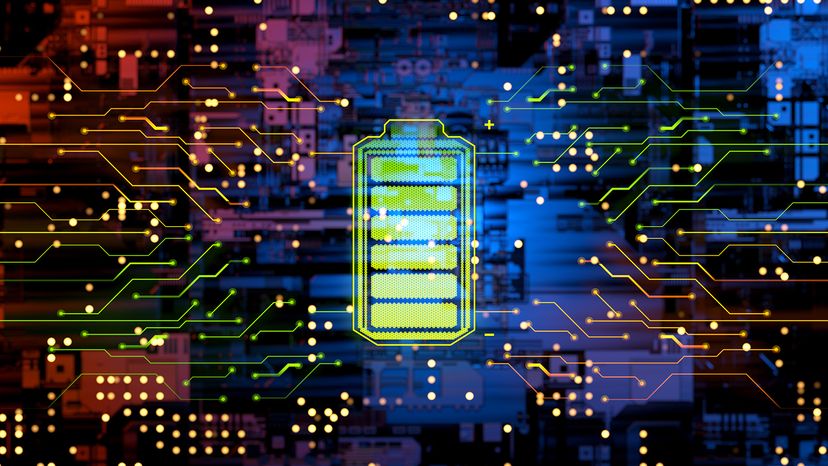When shopping for a UPS system, there are indeed a lot of options. There's the standby UPS, the line-interactive UPS, the double-conversion UPS and a wide variety of specialized variants. Choosing the right one entails a comprehensive understanding of your particular needs paired with a modest amount of UPS system knowledge.
With that in mind, let's take a closer look at the current state of uninterruptible power supplies [source: Science Direct].
The Standby UPS
A standby UPS runs the computer off of the normal utility power until it detects a problem. At that point, it very quickly (in 5 milliseconds or less) turns on a power inverter and runs the computer off of the UPS's battery (see How Batteries Work for more information).
This type boasts features like basic surge protection and battery backup functionality. Standby UPS systems are far more common for home or small-business use because they tend to cost about half as much as more industrial alternatives.
The Line-interactive UPS
Line-interactive UPS systems are more sophisticated and are generally reserved for small- and medium-sized businesses. These essential devices are designed to deal with a wider range of power issues including voltage sags and surges, without having to switch to battery power.
The driving feature of a line-interactive UPS is its ability to correct minor power fluctuations through a multi-tap variable-voltage autotransformer. For many, they strike the perfect balance between cost and performance, and they tend to be more efficient on environments where power fluctuations happen frequently.
The Double-conversion UPS
The double-conversion UPS offers the highest level of power protection. It does this by completely isolating connected equipment from raw power sources.
Often referred to as a continuous UPS, double-conversion UPS systems continuously converts incoming power in real time, ensuring a consistent, uninterrupted power supply regardless of fluctuations and failures.
The result is an environment that's completely isolated from power anomalies, which is ideal in environments that manage highly sensitive data and critical equipment.
Popular use cases include data centers, medical facilities and telecommunications infrastructure, though they're generally recommended for the operation of all sensitive equipment, like those used in industrial settings [source: Rigby].
